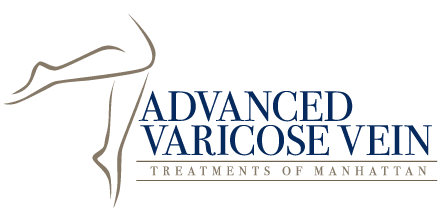Blood Clot Prevention
Blood Clot Prevention
One of the most serious complications of vein conditions is the formation of blood clots inside the vessels. These clots can result in painful symptoms or lead to more dangerous medical conditions like a pulmonary embolism. Whenever a vein disorder is present, blood clot prevention should be part of the treatment plan.
Types of Blood Clots
In some cases, these clots form in the superficial veins of the legs. These clots are not typically considered dangerous, but they can produce very uncomfortable symptoms, including swelling, pain and redness in the area. Blood clots that form in the deep veins of the body are more of a concern, because these clots can break free and travel to vital body organs. Because of the discomfort and danger associated with blood clots, blood clot prevention is an important consideration in the treatment of venous conditions.
How to Prevent Blood Clots
There are many ways to prevent blood clots, from lifestyle choices to medication and medical procedures. Some of the methods your doctors might discuss with you include:
- Exercise – Daily physical activity promotes healthy blood flow and prevents the formation of blood clots.
- Position – Avoid sitting or standing in one position for long periods of time.
- Quit Smoking – Nicotine restricts blood vessels, which can lead to the formation of blood clots.
- Elevation – Elevate your legs above your heart whenever you can to promote healthy blood flow.
- Medication – Take any medication your doctor recommends exactly as prescribed.
- Compression Stockings – These special socks promote healthy blood flow from the feet back up to the heart.
Treatments to Prevent Blood Clots
Varicose veins, those bulging, twisting purple and blue lines that appear on the surface of the skin, are a sign that blood is not pumping efficiently from the legs to the heart. By removing these affected veins, blood can be rerouted through healthy veins nearby and healthy blood flow can be restored. Some options for varicose vein removal include:
- Sclerotherapy – Vein removal using sclerosing agent administered by injection
- VeinGogh – Removal of affected veins using electrical energy
- VenaCure EVLT – Laser ablation removes affected veins with concentrated laser energy
- VNUS Closure/Venefit – Use of radiofrequency energy to seal and eliminate affected veins
- Ambulatory Phlebectomy – Procedure using tiny incisions to remove affected veins
If you are concerned about your risk of blood clots, contact Advanced Varicose Vein Treatments of Manhattan today. We can provide a thorough assessment of your venous condition and recommend the best treatment to help you achieve optimal vein health. Contact us today to schedule your free consultation.

